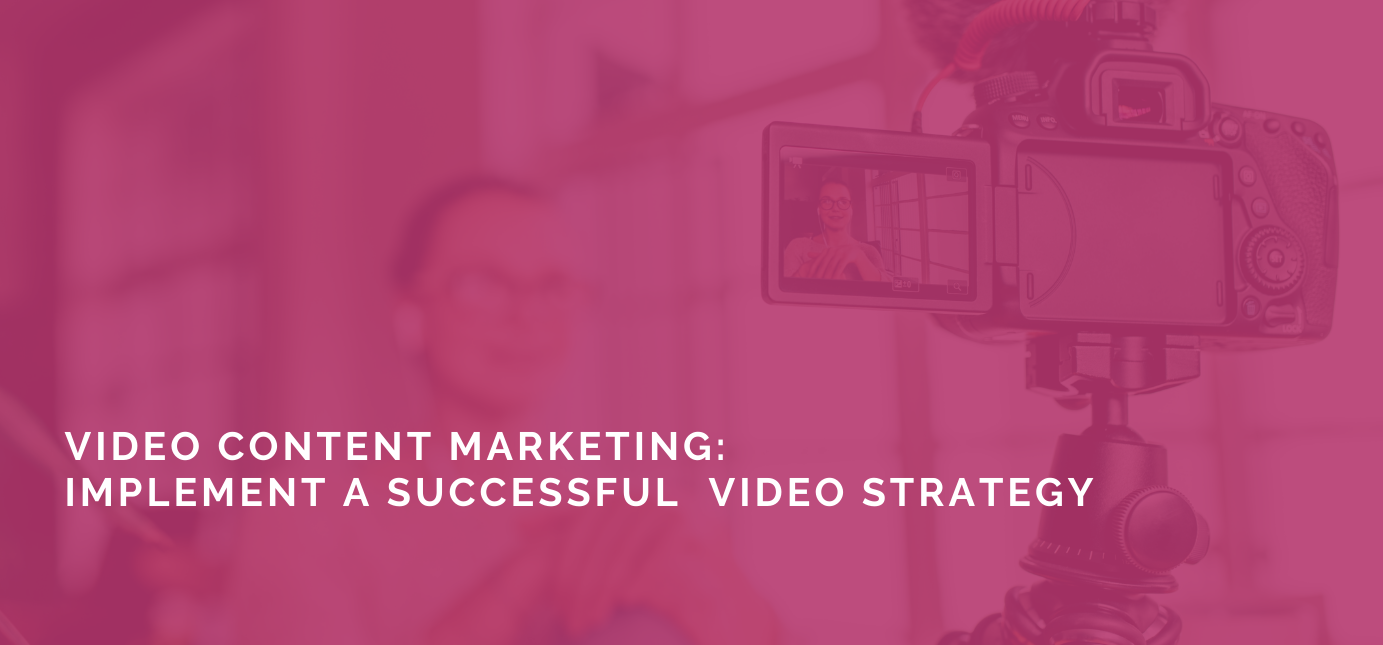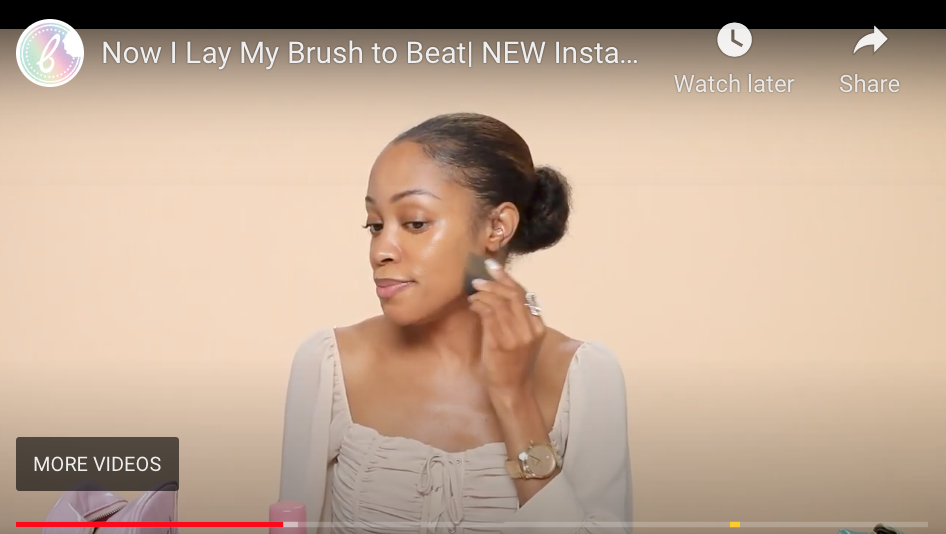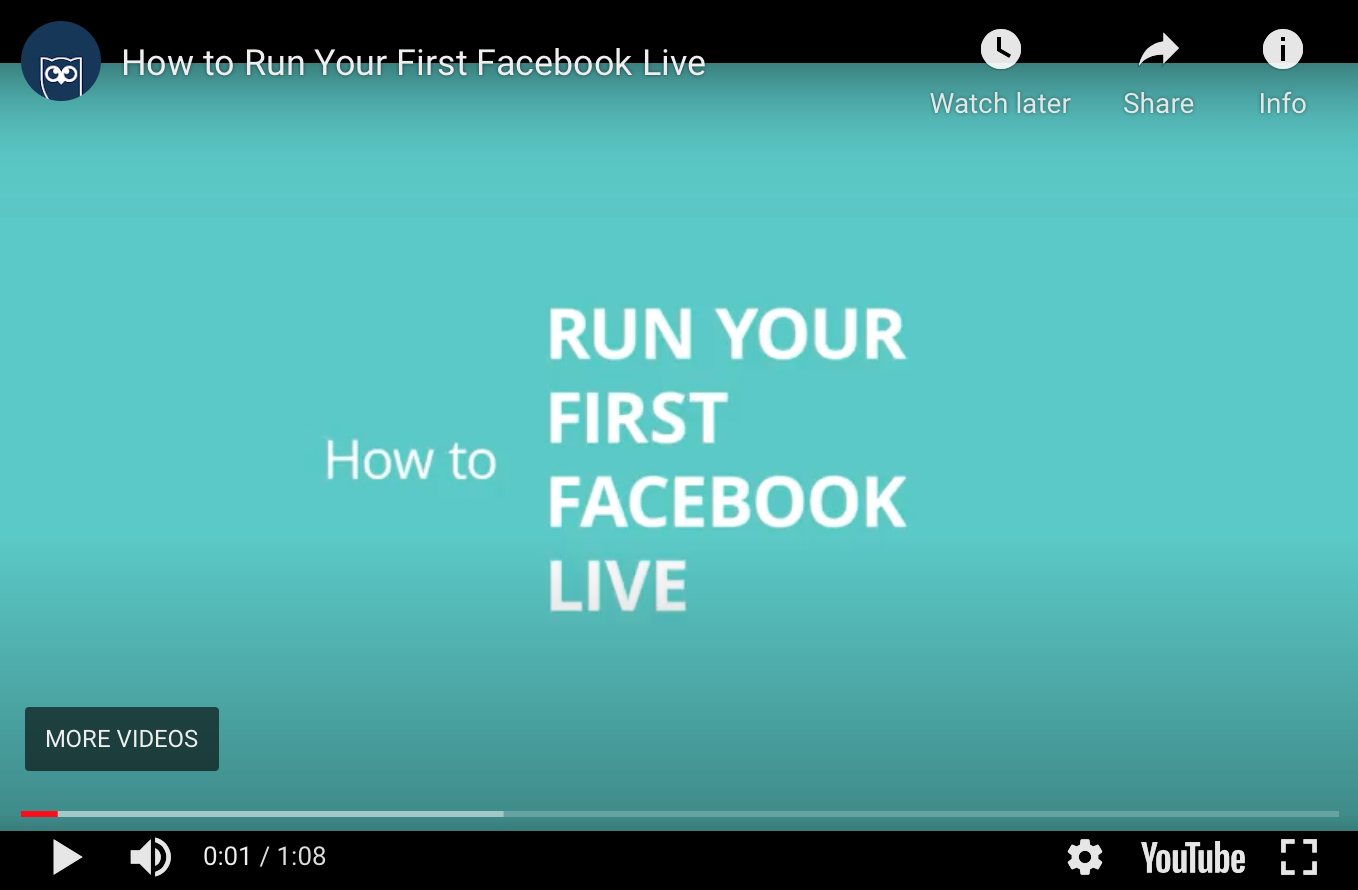The video keeps conquering the world. Video content marketing fundamentally changes the approach to advertising and communication and dictates new rules for businesses and entrepreneurs. Over the past year, both consumers, marketers, and businesses have warmed up to video – it is quickly replacing the usual text-and-image formats in the online space.
An effective content marketing strategy is one of the best ways for a business to build its awareness, brand voice, attract potential customers, and keep your audience with you. And it is the video that most affects people. By 2022, the number of videos crossing the internet per second will approach 1 million translating into 82 percent of all online traffic (Social Media Week).
What are the secrets of video marketing success? They are straightforward. Video marketing is about:
- informativeness;
- creativity;
- accessibility and ease;
- capacity and conciseness;
- ease of distribution.
In the modern world, people are overloaded with information. It is much easier for a person to watch a beautiful video with or without sound instead of reading a similar article. Let’s dive into the topic and discover the main types of videos along with essential tips to attract more eyes to your marketing campaigns.
10 Key Types of Videos People Want to Watch
To build the right video marketing strategy, you need to understand its varieties because each type serves a specific purpose. And now more details.
1. Demo video
A demo or a demo video is used to introduce your company or product to a potential customer. Such a video shows how a product or service works. It often demonstrates an actual user unpacking and testing a product and talking about its capabilities and benefits.
If you invite a person to buy immediately, then this is a losing situation. First of all, tell us who you are and what you do. No importunities. Check out 19 impressive product demo videos you will want to copy.
2. Event video
If the company often organizes conferences, holds awards, celebrates essential milestones in its history, interviews team members or guests, and shows how fun and productive your meetings are. People are always interested to see what is going on “behind the scenes.” Even better, if the viewer finds something useful in such a video: interviews with brand technologists or extracts of an exciting presentation. Event videos convey the atmosphere and emotions of visitors, engaging in the brand values.
3. Promo video
This format aims to raise awareness about the brand, intrigue, and attract the target audience. Video promotions are now equally as popular as photo promotions on Facebook (Socialbakers).
Most often, promos are released as part of an extensive advertising campaign. Its goal:
- to say that the company is preparing to launch a product or service on the market;
- to announce events that are important for the brand;
- to tell about the company: its mission, products, services;
- to show the target audience in the video.
4. Educational video
Search queries starting with “how” are among the most popular. Articles are necessary, but videos are out of the competition in most cases when it comes to step-by-step instructions. Check out YouTube – very often, a business owes its existence to an abundance of high-quality educational content.
Training materials and explainer videos are in high demand and can position the brand as an expert and a company that cares about its customers. Experiment with different formats: user-generated content posted on YouTube and up to professional training videos.
5. Interview with experts
There is a lot of content on the web for the sake of content, so insightful information is highly appreciated. To gain the audience’s credibility and trust, create videos with industry leaders or internal experts in the company. Invite interesting personalities to discuss controversial issues and show different views, even if you do not share them.
6. Augmented reality (AR) video
Augmented reality has been around for several years and is slowly being popularized, making the format even more accessible to marketers. The global AR market size is expected to grow considerably in the coming years (Statista).
Augmented reality projects are exciting, which leads to better user experience and higher CTR. For example, a customer can see how a new pair of glasses will fit his face or how a new sofa will look in their living room using augmented reality.
7. 360° video
360-degree video allows users to use content in an immersive, interactive, and real-world way. This format is increasingly used in innovative video marketing strategies. Such types of videos are especially interesting for travel and event brands. For example, National Geographic successfully uses this video format in their campaigns.
8. Live video
Live video makes users feel like they are being spoken to directly. This sense of intimacy encourages participation, as they know that their questions or comments can be answered in real-time.
Today, companies can use live video for promotion of:
- New products
- Ads
- Webinars
- Question and answer sessions
- Interviews
- Events
The best thing about live videos is that they are simple and free – no editing, studios, or post-production work. Facebook Live, Instagram Live, YouTube Live, and LinkedIn are all promoting video-oriented functionality.
9. Case study
Everyone is interested in what other people say about you. What problems did they have, and how did you solve them? One way to show this is to make a video and pack it into a full-fledged case.
For example, you can craft it in the form of an interview, with all the details: what the problem was with the client, what tasks were set, the difficulties encountered, and what happened in the end.
10. Storytelling
Video messages are not new, but now storytelling in this format is gaining momentum. The Facebook feed is full of colorful videos – here are stories about abandoned and rescued animals and various parables.
Here’s how to craft storytelling in your video:
- The intrigue
- The essence
- The fascinating denouement
Cheerful and memorable endings work perfectly. It is also appropriate to approach the problem with humor. Good stories that leave a pleasant aftertaste can not but increase the interest and trust in the brand.
How to Implement a Video Marketing Strategy in Your Business
Let’s analyze what the correct strategy consists of. Carefully go through each stage. This principle is used for all businesses.
1. Define the goal
What do you ultimately want to get from the person who will watch your video?
- Sell the product?
- Sign up for the newsletter?
- Introduce your company or your personal brand?
The further development of the strategy depends on the goal. You will understand your target audience’s location and think through the content that will be useful and interesting to people. You will get a better idea of what triggers to add to the videos to achieve the target action. You will have the first understanding of what to do next. The result – you have a full-fledged sales funnel in your head after completing the 1st step.
2. Choose a video platform
Video content marketing is a wide variety of formats and types of video content and an excellent opportunity to communicate with audiences on different platforms. Once you have decided on your goal, think about the popular video platform among your target audience.
Here are some places to add your video:
1. Landing Pages
You use it to describe a product or service. This is the end of the funnel. Therefore, you do not need to promote the video further. Those people who have passed all the stages and are already ready to buy it should only be viewed. The video’s task is to familiarize people with the offer in more detail and push them to place an order.
2. YouTube
Content only! It does not make much sense to publish sales videos here. Keep in mind that a cold audience on YouTube views your videos. People see you for the first time. Perhaps some of them will take advantage of your paid offer. But not more than 0.001%.
3. Facebook
Facebook is an excellent source of traffic for your business. If you already have an audience on YouTube, mention that Facebook community members are watching new videos 1-2 days earlier. You will significantly increase the number of followers in the social network.
4. Instagram
Video marketing on Instagram no longer requires enormous advertising budgets, especially if you choose your content format correctly. Instagram is perfect for short advertising videos in posts, Stories, and Reels, and detailed stories on IGTV. Also, Live broadcast is an excellent communication tool with followers, which does not have a clear format and restrictions. In other words, you can do it any way you want.
5. Email newsletter
Did you promise unique and valuable content when you suggested your abidance to sign up for the email newsletter? Use the video for this!
- Upload the video to YouTube and open access only by following the link.
- Write an email with a short text announcement. Sell the idea to watch the video.
- Take a screenshot of the video. Insert the image into the email.
- Add a link to the image.
6. Website
Search engines love videos. By adding videos published, for example, on YouTube, you improve the site’s SEO optimization. You can also increase the probability of getting a single article in the TOP 10 search engine results. Write a voluminous post according to all SEO standards and insert a thematic video using HTML code.
Moreover, you can try TikTok, LinkedIn, Twitter, Snapchat, and other platforms. Do not rely on one platform only. You can publish the same video on multiple resources and check which ones give you the best results.
Essential Tips to Get More Eyes on Your Videos
Video marketing is one of the most dynamically developing branches of marketing. Therefore, many brands try to increase their reach with this tool but not all succeed. Below we have collected a few essential tips that will help you actively grow your video promotion.
1. Pay attention to video quality
Today, video quality plays a vital role in both user engagement and optimization. This applies not only to the resolution but also to the sound and editing in general.
When you shoot a video in haste, it may seem unprofessional, especially if you are selling an expensive product or service. The exception is live broadcasts and Stories. Create video content of a decent level.
2. Follow a clear video SEO strategy
When you optimize a video, you increase your YouTube rating and significantly increase your chances of being shown in Google search results and getting more traffic.
Here a few steps to follow for your video SEO strategy:
- Create a title of a video that contains the keywords and summarizes the topic of your video. The YouTube keyword tool will help you to find relevant keywords. Besides, your video title must not be longer than 60 characters — otherwise, it will be cut off.
- Optimize the description. Although video descriptions can be up to 1000 characters, the first 100 characters, or 2-3 first lines, are the most important. It is important to place keywords, calls to action, and links to social networks closer to the description’s beginning.
- Add video tags. When you optimize video tags, users are more likely to see your videos in the search results for their queries. To understand what tags to add to a video, look at what competitors are using – install TubeBuddy to see the specific tags that the video is optimized for.
- Add hashtags. Using hashtags is another way to increase the visibility of a video. You need to add them to the video description, and they will appear above its title.
- Create a bright video preview. This is what users pay attention to first. Often people judge a book by its cover and decide by its thumbnail whether to watch the video itself.
3. More valuable and exciting content, less advertising
What value does the channel bring to your customers? If you continuously release commercials, be ready that subscribers will begin to leave the channel. Therefore, try to interest the audience with expert opinions, reviews, and simply informative videos. When making commercials, release them in the format of stories. They can be funny, heartwarming, or simply interesting.
4. Intrigue
Studies reveal that marketers have just 10 seconds to grab an audience and call them to action (Sociable). Many people turn off the video even earlier.
Here’s how to get people watching your video for longer:
- Control the duration of the video.
- Attract attention from the first seconds. If you are planning an interesting denouement, then be sure to hint at it on the cover. If the video implies some enumeration, then mention this in the introduction.
- Think about how you can start with the main thing. If you talk about nothing for a long time, you will lose the interest you have gained.
5. Engage with your viewers
Engagement is a critical part of earned media that allows brands to engage back, a critical method for driving views and action. YouTube audiences should engage, embed, share, and comment on the video content.
Interaction with the audience allows you to attract new viewers and increase the engagement of the existing ones. This means that you need to answer users’ questions and initiate communication in every possible way.
Here’s are some tips on how to engage with your video viewers:
- Directly ask the audience if they have any questions about the content of the video.
- Offer to comment on the video for ideas.
- Ask for opinions about the video – Did they like it or not?
- Create contests for the best video answer or quizzes, etc.
6. Make sure your video tells the story
Have you heard that facts say and stories sell? Storytelling helps to establish contact with the buyer on an emotional level, and this, in turn, directly affects sales. Yes, the facts, numbers, and characteristics will convince the user. But it is a catchy story that will inspire action and turn a potential customer into a real one.
Shift the focus from the product to the customer. To do this, use the well-known marketing technique: outline the problem, suggest a solution, and tell your audience about the benefits.
7. Include CTA
Any video is part of a strategy that should bring you customers and profit as a result. Add a competent call to action. It is not necessary to require the user to make an immediate decision or purchase. Ask them to subscribe to your updates, watch another video, comment on the video, or register for the event.
8. Be consistent
If you aim to build a consistent audience around your project, then the content should be released regularly and with a specific frequency. The frequency depends on the complexity of the content production, on your capabilities, and format.
Conclusion
Video content marketing is a sure way to connect with your audience and accelerate your business growth. Video content is a universal tool that is ready to work for your business 24 hours a day, 365 days a year.
The whole point of video marketing is to build a trusting and long-term relationship between the brand and customers. If you give your viewers truthful, valuable, and unique video content, they will soon begin to trust you and distinguish your brand from the competition. This journey should not be chaotic: think through the strategy stages and determine the means to achieve the goals at each of them.


